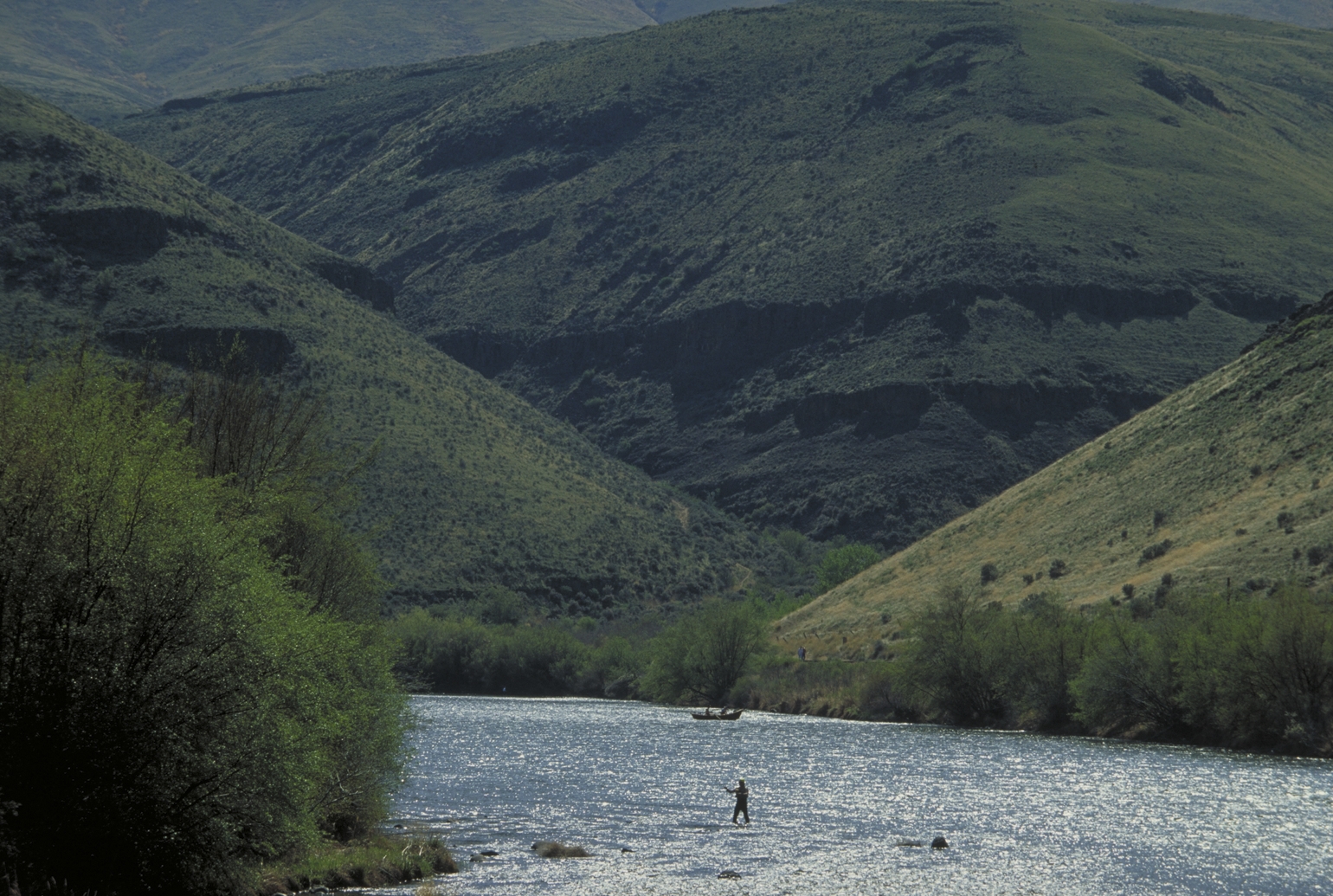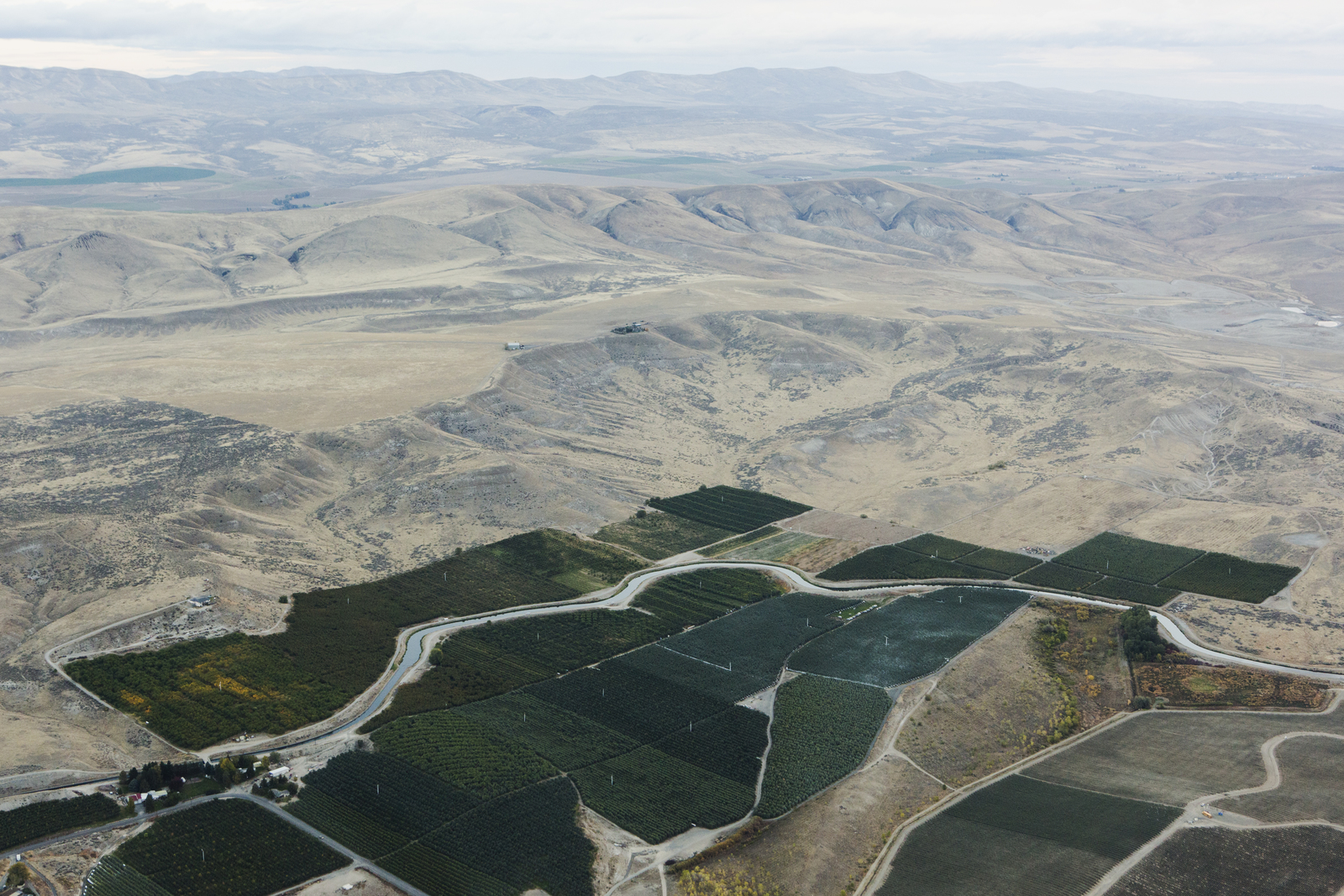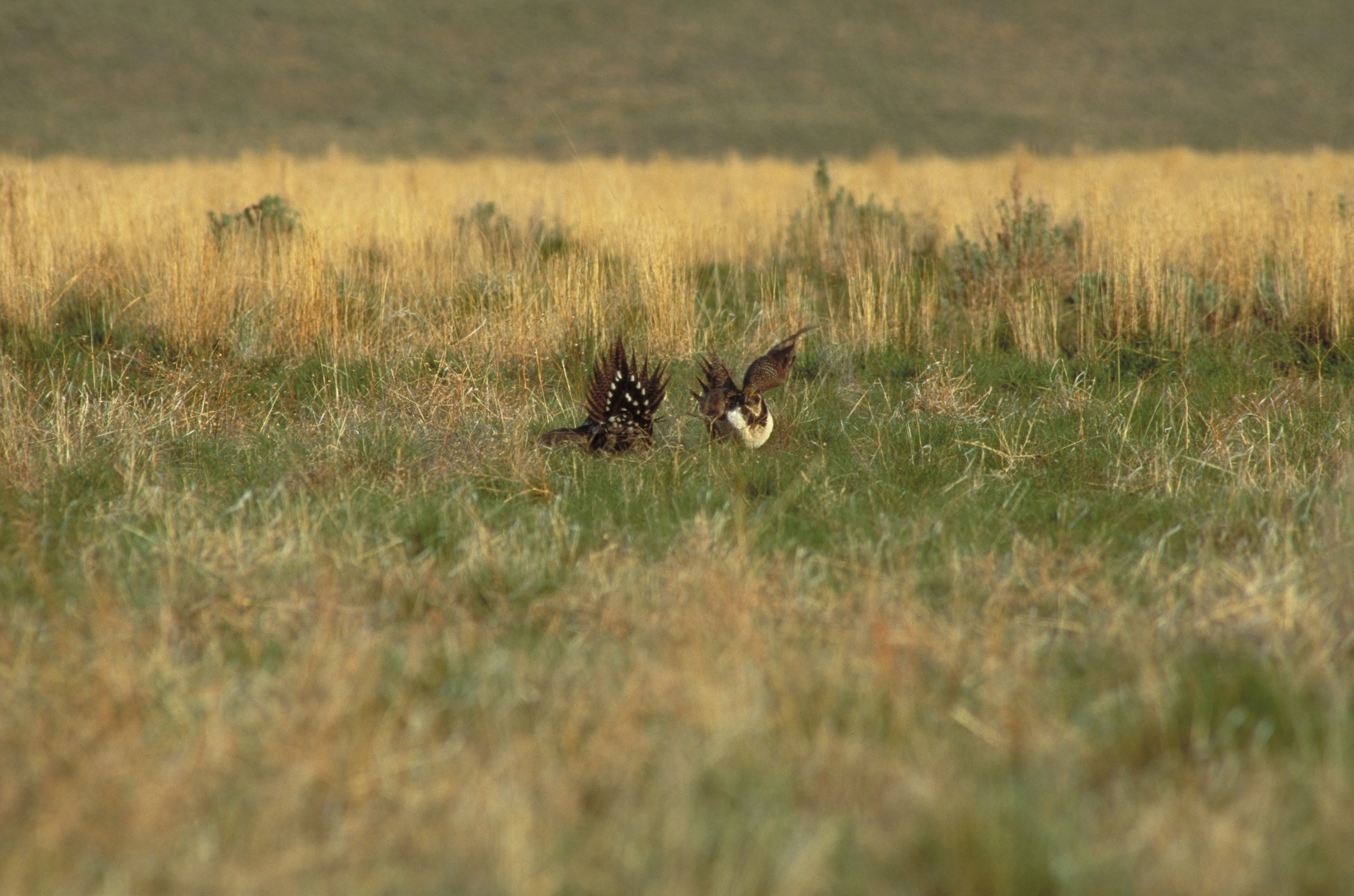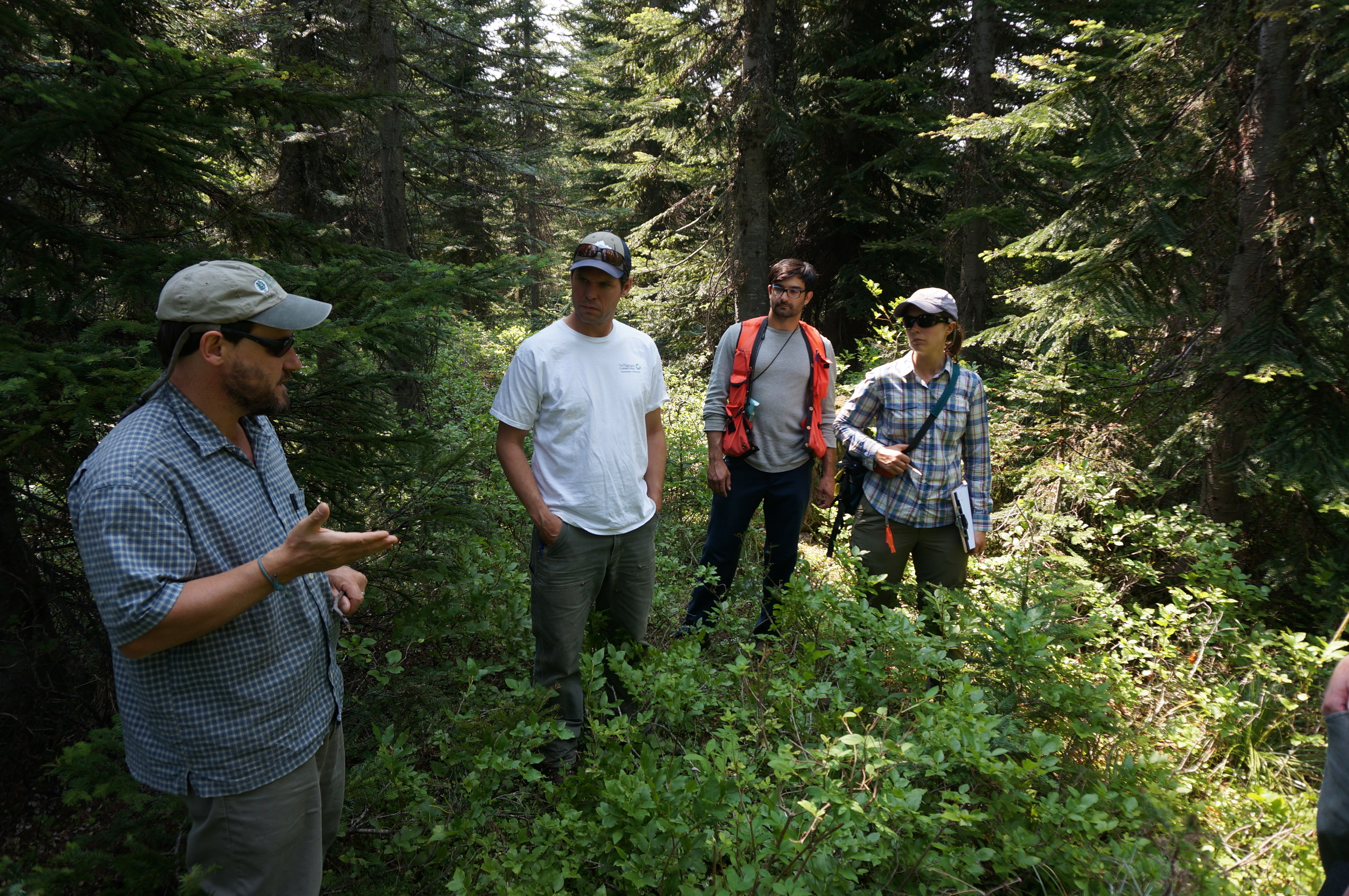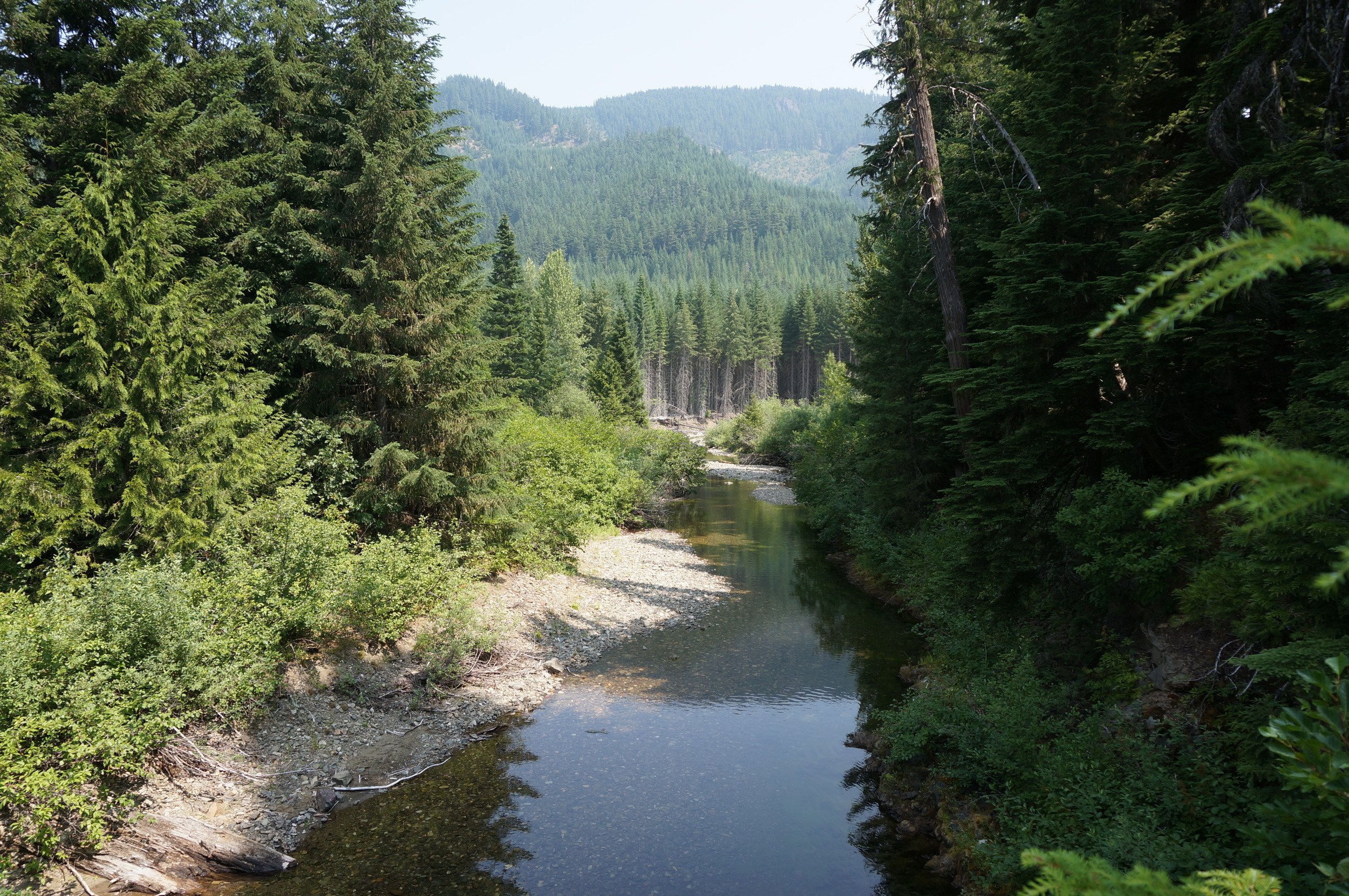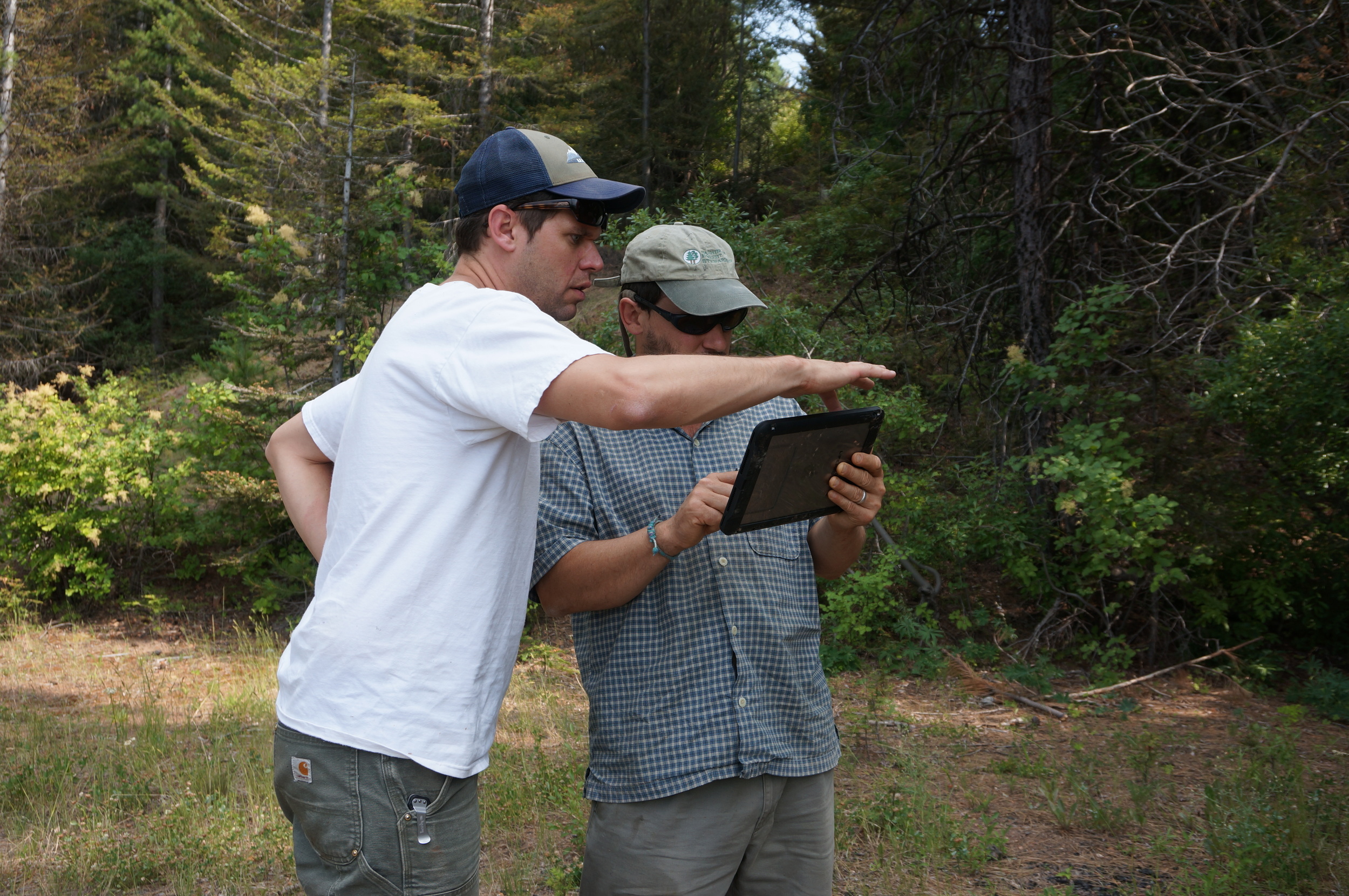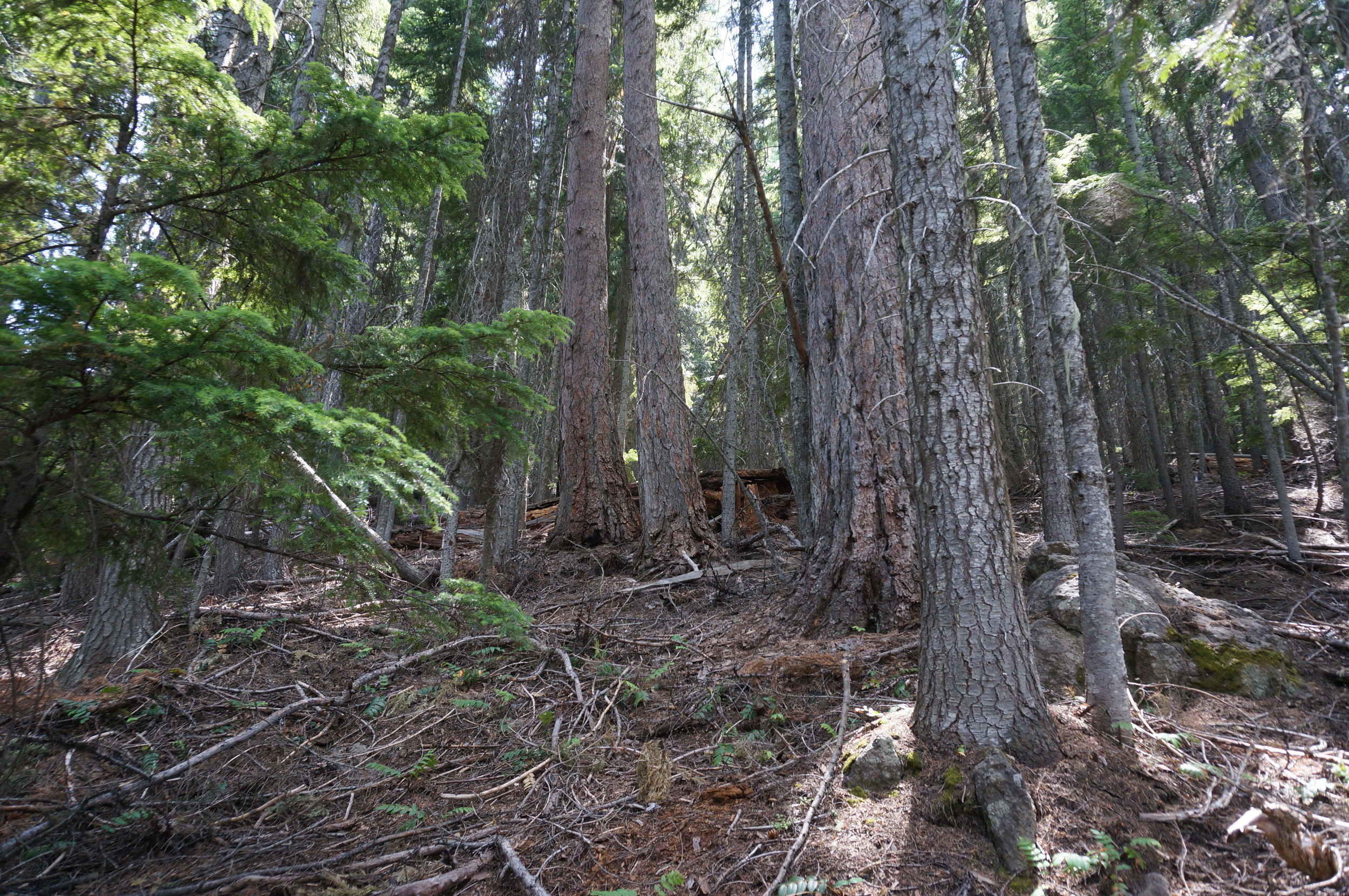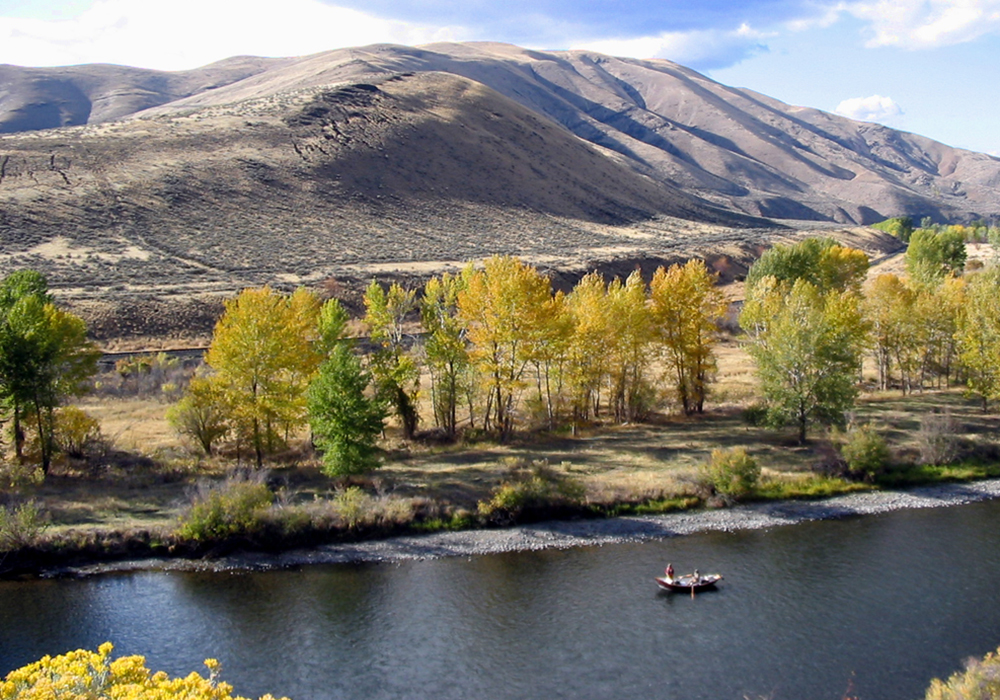At the Conservancy’s first preserve in Washington, conservation efforts expand to ecosystem scale.
No joke: Compromise on Eastern WA Water and Lands
Guest post by Nicky Pasi, Conservation Outreach Associate, American Rivers
Photographs by Keith Lazelle; Benj Drummond/LightHawk
There are so many proverbs, pithy quips and wry one-liners about western water conflicts, you could bind them up in a respectably thick book. But here’s a new one, less of a joke than it might seem:
“An irrigator, an environmentalist, and a tribal member walk into a Senator’s office … and the room doesn’t erupt?”
Question mark intentional. It’s an unexpected scenario, but it’s exactly how the people of the Yakima Basin have decided to address their many, often conflicting, demands on water.
- Since time immemorial, the Yakama Nation has gathered, fished, and hunted here, and retain the rights to do so today.
- Ours is the most agriculturally productive basin in Washington, generating about $4 billion in crops and jobs every year.
- The proximity of our mountains, rivers, trails and canyons to the densely populated Puget Sound makes the Yakima a popular destination for folks searching for connection with nature and the outdoors.
All of these needs – tribal, agricultural, recreational, environmental - are kept afloat by the Yakima River. And all are threatened by climate change.
Warmer winters and hotter summers empty our reservoirs, prevent snowpack from accumulating to refill them, and raise in-stream temperatures to dangerous highs. Drought threatens salmon and trout, while farmers let fields fallow and orchards die, and fires keep hikers out of the woods.
That’s a lot of struggling users, and in 2009, the groups advocating for each did something really extreme. They stopped throwing rocks (read: lawsuits) at one another. They came out from behind entrenched positions. They mapped out their needs, compared those against their wants, and went to work negotiating between the two.
The result was the Yakima Basin Integrated Plan, a compromise so broad and interwoven that Deputy Secretary of the Interior Michael Connor has called it “a model – not just for working through watershed challenges, but for any natural resources management [issues].”
These stakeholders – our irrigators, environmentalists, tribal leaders and management agencies- took their plan to Senator Maria Cantwell, who recognized the importance of such an unusual partnership. In 2015 she and Senator Patty Murray introduced legislation to provide federal authorization for the first decade of Yakima Plan projects.
Last November, the Yakima Bill unanimously passed out of the Senate Energy and Natural Resources Committee. In April, it was amended to the Senate Energy Policy Modernization Act of 2016 (also unanimously), which then passed out of the Senate by a vote of 85-12. As the Yakima Herald Editorial Board put it, “the success of [the Yakima Bill] so far speaks to the collaboration of the various stakeholders and the bipartisan cooperation of the state’s congressional delegation.” The Energy Bill now moves on to the House of Representatives, where Yakima Basin Representatives Reichert and Newhouse set the stage by introducing a companion Yakima Bill back in February.
So here’s the punch line, which isn’t actually a punch line at all, but rather the thread that ties the whole package together: cooperative compromise.
As with any compromise, there is give and take. No one gets 100% of what they want, but they’ve determined what they need, and where those needs overlap.
Because the plan recognized the needs of water users and eastern Washington county commissioners, these people backed environmental priorities of the Yakama Nation and an environmental coalition led by American Rivers, The Wilderness Society and Trout Unlimited.
On that front, we have protected 50,000 acres in the Teanaway, now Washington’s first Community Forest, complementing parallel forest conservation efforts of partners like The Nature Conservancy. In exchange for protective designations, private citizens keep access to wild areas and enjoy better management of facilities.
It’s a network as complicated and vital as the ecosystems we’re striving to protect, all moving forward on a consensus built on compromise.
That’s no joke, but it’s worth smiling about.
Forests for Our Future: Progress on a Plan
Management of nearly, 50,000 acres of forestland in the Central Cascades
Written & Photographed by Ryan Haugo, Senior Forest Ecologist
Last winter we celebrated the acquisition of 47,982 acres of forestland in the central Cascades from the Plum Creek timber company last winter with lots of high fives and back slaps. Yet we knew that the “real work” still lay ahead of us. We knew that soon we would be very busy writing the Central Cascades Forests Management plan.
What does a management plan for the conservation of nearly 50,000 acres across the central Cascades look like? This plan will cover everything from our overarching conservation objectives to details on recreational access, timber management, and ecological restoration strategies.
Just over six months later and we are deep into the development of the Central Cascades Forests Management Plan. First off was a series of community outreach meetings, in Cle Elum, Ellensburg, Yakima, and Seattle. Now we are busy synthesizing everything we know about these lands and developing the framework to guide management for years to come. Most certainly a daunting task. Luckily, we are able to work with some of the premier ecologists and forest management consultants in WA State, Northwest Natural Resources Group and Stewardship Forestry, in drafting our plan.
What does it take to write a forest management plan for nearly 50,000 acres? Analysis of inventory data, field verification and surveys, ecological modeling, developing maps, and lots of discussion and creative thinking. While this inevitably involves (too much) time in front of computer screens, it also means that we need to get out and get to know these lands in person.
While I’m not sure if we can yet say that the finish line is in sight for the management plan, it is certainly getting closer. I know that the entire team is excited to soon be able to share the details of our plans for these lands. Time and again during the community outreach meetings, I was struck by the long history and deep personal connections that so many people across Washington have with these lands. It is quite a responsibility and honor that we now have to steward these diverse and amazing lands.
Learn more about the Forests for Our Future.
Outdoor Events Near Yakima
ENJOY THE OUTDOORS WITH THE NATURE CONSERVANCY AND ROGER URBANIAK
Photo © Northwesttrout.com
Learn more about what to do and see in the great outdoors near Yakima! The Nature Conservancy is sponsoring four talks by Roger Urbaniak designed to increase our appreciation of the natural world.
There is a suggested $10 donation applying to a membership in The Nature Conservancy if you’re not already a member.
When: Second Wednesday of each month, January - April, 6:30pm
Where: Yakima Arboretum Solarium, 1401 Arboretum Drive in Yakima, WA.
Plenty of parking!
Wednesday January 14, 2015
6:30 PM
Success stories of Salmon Recovery in Washington State
What has been done to bring back salmon numbers to local streams and Rivers and how is it working? Projects will be discussed that impact Columbia River and Yakima River Runs of Chinook, Coho and Sockeye Salmon.
Wednesday February 11, 2015
6:30 PM
Great outdoor destinations near Yakima
Sites will be discussed that range from short local hikes, scenic drives, informational tours, camping opportunities, wild animal viewing sites, wildflower and wild berry locations and more
Wednesday March 11, 2015
6:30 PM
Suggestions for outdoor hobbies
A variety of outdoor hobbies will be discussed from traditional hobbies of hunting, fishing, camping, and hiking to more unusual hobbies of night walking, canoeing, wildflower walks, photography, hang gliding, Yakima River float trips, gathering edible wild food, dune buggies, Sunday drives and more.
Wednesday April 8, 2015
6:30 PM
Getting outside on public and private lands
This lecture is designed to provide you information that will assist you in locating new areas for your recreational activity, identify times when access fees may be required, help you determine when you will be welcome on property or potentially trespassing, times when you might need reservations, etc.







